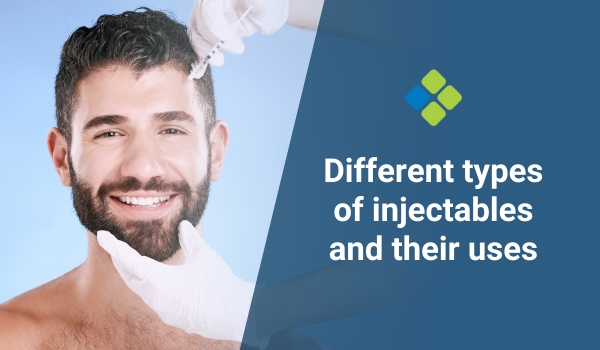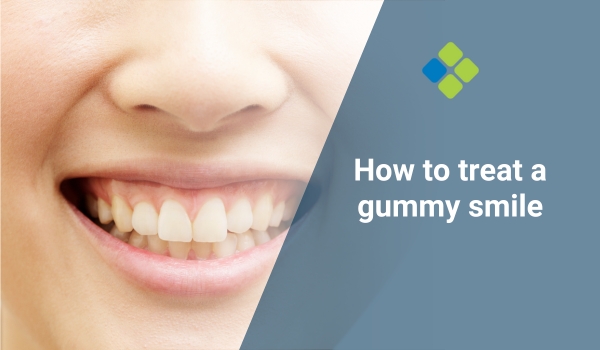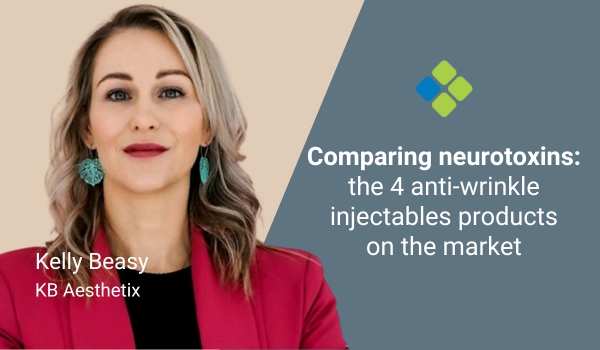Different types of injectables and their uses
Essential guidelines for different types of injectables and their uses, to help primary care physicians to confidently navigate aesthetic medicine.

HealthCert Education
The growing field of aesthetic medicine opens up opportunities for primary care doctors to expand their portfolios and patient base by adding minimally-invasive cosmetic procedures. One popular avenue for gaining expertise in this field is through online courses that offer comprehensive training on various injectable treatments.
In this article, we will look at essential guidelines for different types of injectables and their uses, offering valuable insights to help primary care physicians navigate the world of aesthetic medicine confidently.
For further information on treating hyperpigmentation, you may be interested in the HealthCert online Professional Diploma program in Aesthetic Medicine.
Which injectables are best suitable for a primary care setting?
In a primary care setting, injectables such as Botulinum toxin and dermal fillers are most suitable due to their well-established safety profiles, versatility, and relatively straightforward administration.
Botulinum toxin is commonly used to address dynamic wrinkles and fine lines, making it a valuable tool for primary care doctors looking to offer aesthetic treatments.
Dermal fillers, particularly hyaluronic acid-based ones, provide effective solutions for volume restoration, wrinkle reduction, and facial contouring.
However, other injectable treatments, such as PRP, deoxycholic acid, and sclerotherapy are also gaining popularity. These injectables can be administered with minimal downtime, allowing primary care doctors to integrate aesthetic procedures seamlessly into their practices while providing patients with satisfying and natural-looking results.
Botulinum toxin
Botulinum toxin is one of the most well-known and widely used injectable treatments in aesthetic medicine. It works by temporarily relaxing targeted muscles to reduce the appearance of dynamic wrinkles and fine lines.
Key areas of application include the forehead, frown lines, and crow's feet around the eyes. Understanding the anatomy, proper dosing, and injection techniques is critical for achieving optimal results and minimizing adverse effects.
Dermal fillers
Dermal fillers are injectable substances used to restore volume, smooth wrinkles, and enhance facial contours. The most commonly used fillers are hyaluronic acid-based, offering natural-looking results with minimal downtime.
Primary care doctors should familiarise themselves with different types of fillers and their viscosities to choose the appropriate product for specific facial areas. Targeted treatment areas include the cheeks, lips, nasolabial folds, and marionette lines.
Platelet-Rich Plasma (PRP) therapy
PRP therapy utilises the patient's blood plasma, which is enriched with platelets containing growth factors, to stimulate tissue regeneration and rejuvenation. This treatment is commonly used for facial rejuvenation, hair restoration, and scar improvement. Understanding the process of blood collection, preparation, and injection techniques is crucial for safe and effective PRP administration.
Deoxycolic acid
Deoxycolic acid is an injectable treatment specifically designed to reduce submental fat, commonly known as a "double chin." Primary care doctors venturing into aesthetic medicine should learn the proper assessment techniques to identify suitable candidates for these injections. Knowledge of facial anatomy and injection patterns will help minimize complications and optimize patient outcomes.
Sclerotherapy
Sclerotherapy is a minimally invasive procedure used to treat varicose and spider veins. It involves injecting a solution directly into the affected veins, causing them to collapse and fade. Primary care doctors should acquire the necessary skills to perform accurate vein assessments, select appropriate sclerosing agents, and apply correct injection techniques to ensure safe and effective treatment.
As primary care doctors expand their portfolios to include aesthetic medicine procedures, understanding the guidelines for different types of injectables and their uses becomes paramount. By acquiring the necessary knowledge and skills from reputable sources, primary care doctors can provide safe and effective aesthetic treatments to their patients.
It is crucial to prioritise patient safety, stay updated on the latest techniques, and ensure a thorough understanding of facial anatomy and injection methods. By adhering to these guidelines, primary care doctors can successfully incorporate aesthetic medicine into their practices and enhance the overall patient experience.
Learn more about different types of injectables and their uses in the HealthCert online Professional Diploma program in Aesthetic Medicine.
- Dr Rosmy De Barros
Read another blog like this one: How to treat hyperpigmentation
References:
- Small R. Botulinum toxin injection for facial wrinkles. Am Fam Physician. 2014;90(3):168-175.
- de Maio M. MD Codes™: A Methodological Approach to Facial Aesthetic Treatment with Injectable Hyaluronic Acid Fillers [published correction appears in Aesthetic Plast Surg. 2021 Feb 17;:]. Aesthetic Plast Surg. 2021;45(2):690-709. doi:10.1007/s00266-020-01762-7
- Gupta S, Paliczak A, Delgado D. Evidence-based indications of platelet-rich plasma therapy. Expert Rev Hematol. 2021;14(1):97-108. doi:10.1080/17474086.2021.1860002
- Liu M, Chesnut C, Lask G. Overview of Kybella (Deoxycholic Acid Injection) as a Fat Resorption Product for Submental Fat. Facial Plast Surg. 2019;35(3):274-277. doi:10.1055/s-0039-1688943
- de Ávila Oliveira R, Riera R, Vasconcelos V, Baptista-Silva JC. Injection sclerotherapy for varicose veins. Cochrane Database Syst Rev. 2021;12(12):CD001732. Published 2021 Dec 10. doi:10.1002/14651858.CD001732.pub3

 1800 867 1390
1800 867 1390





